A massive dormant shield volcano that makes up about three quarters of Maui is a showstopper among the unique landscape of Haleakalā National Park. Also known as “House of the Sun” in Hawaiian, Haleakalā towers 10,023 feet tall over the island. While Haleakala may be the reason to visit, this tropical US national park has a lot more to offer.
Enjoy a scenic drive with viewpoints, catch a summit sunrise, stargaze at one of the clearest night skies, explore serene waterfalls, or challenge yourself on a rigorous day hike. From the summit crater all the way down to the Kīpahulu Valley, Haleakalā National Park offers visitors unique ways to interact with with this wild volcano landscape.
Where is Haleakalā National Park?

Haleakalā National Park is a sacred and unique landscape located on the island of Maui in Hawaii. The park spans as high as the summit crater over 10,000 feet down to sea level in the Kīpahulu Valley.
Haleakalā National Park Facts

- While the summit of Haleakalā is 10,023 feet above sea level, when measured from the ocean floor the volcano is about 30,000 feet tall, so it’s technically taller than Mount Everest.
- The Haleakalā Silverswords, ‘āhinahina, are unique plants to Haleakalā. They live in hot, dry climates throughout the park. They can live for over 100 years, however, they only bloom flowers once in their lifespan.
- The crater of the Haleakalā shield volcano is about 7.5 miles long and 2.5 miles wide.
- With over 103 endangered species, Haleakalā National Park has more endangered species than any other national park in the US.
- There are rocks and lava flows in the park that date back to over 1 million years old.
Native Hawaiians and Haleakalā National Park
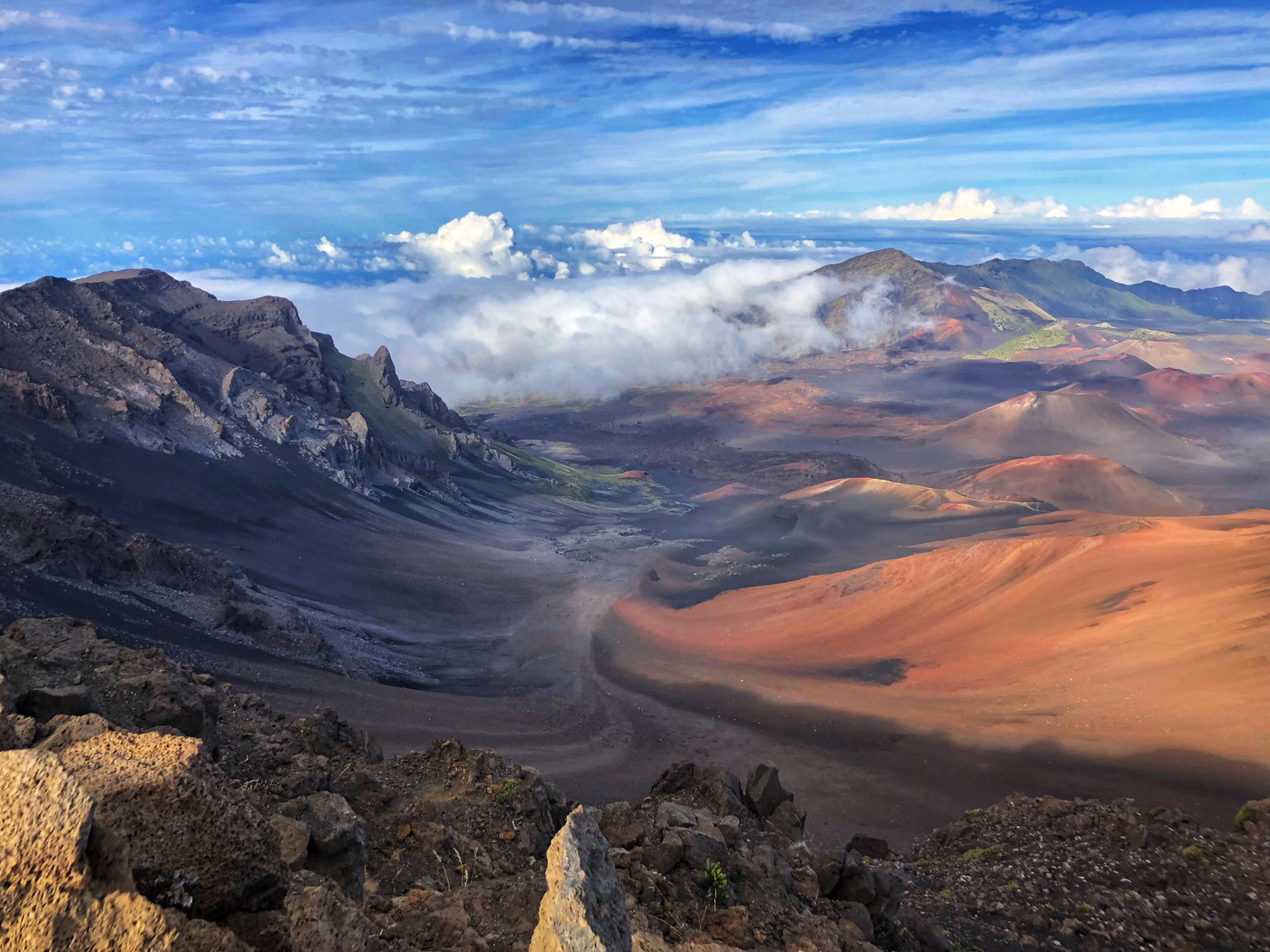
Native Hawaiians have lived and cared for the Haleakalā landscape for over 1,000 years. Polynesians made the 2,000-mile journey across the Pacific in double-hulled canoes (Wa’a) and settled on the island of Maui between 1000-1200 AD. They brought over dogs, pigs, taro roots, sweet potatoes, coconuts, bananas, sugar cane, and other medicinal plants to sustain their new homes. Over the next 500 years, Hawaiian culture developed here, and continues to today.
Best Time to Visit Haleakalā National Park
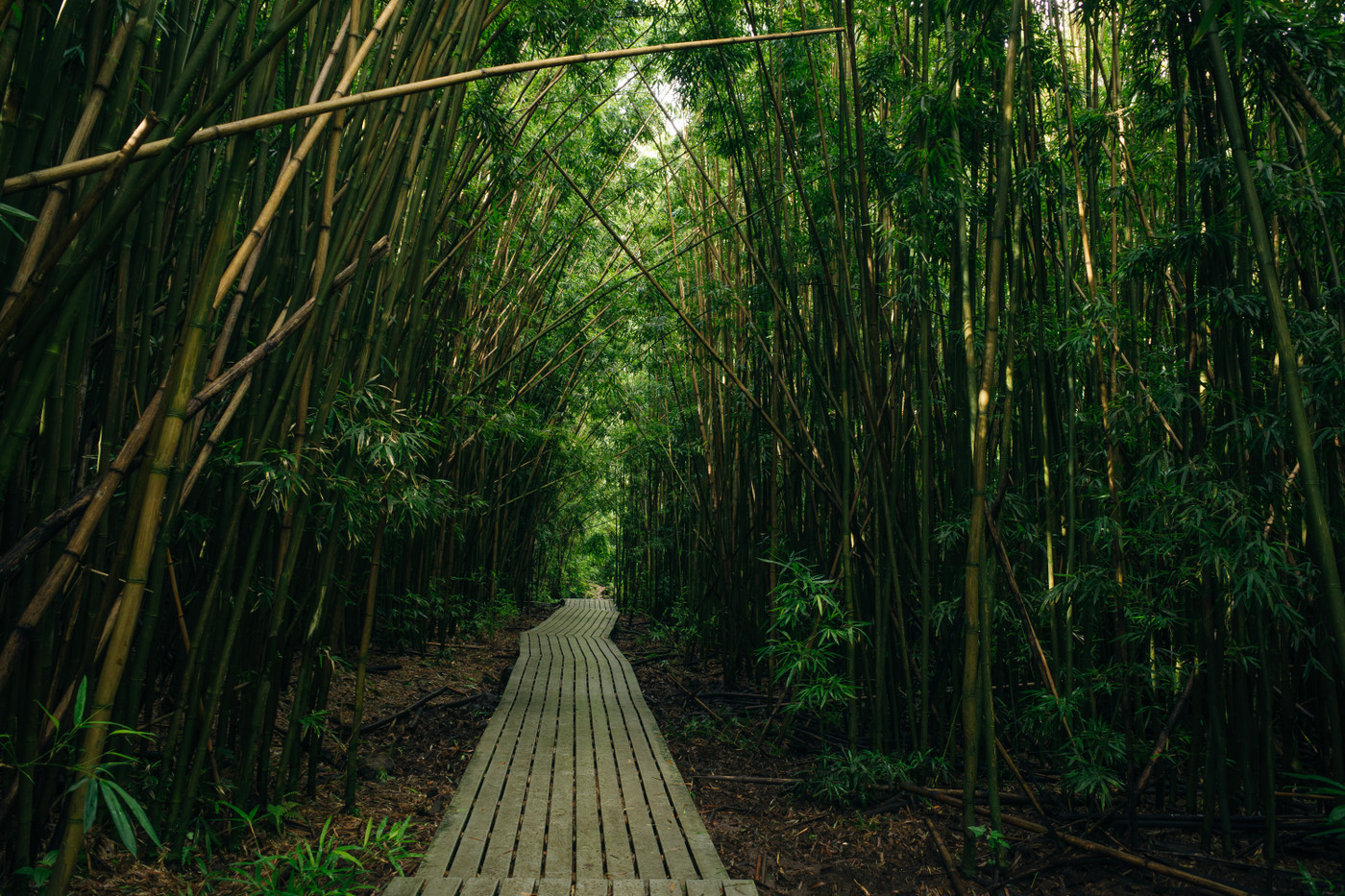
Haleakalā National Park varies in elevation from sea level down in the Kīpahulu District to 10,023 feet at the summit crater. Because of this, the weather in the park drastically varies based on elevation and can change quite a bit in one day. It’s not uncommon for the areas of the park near sea level to be 80 degrees F and sunny and the summit to be 30 degrees F and covered in clouds — or even see snow! These temperatures are pretty consistent throughout the year, making this an exciting national park to visit in the winter.
Haleakalā National Park Hours
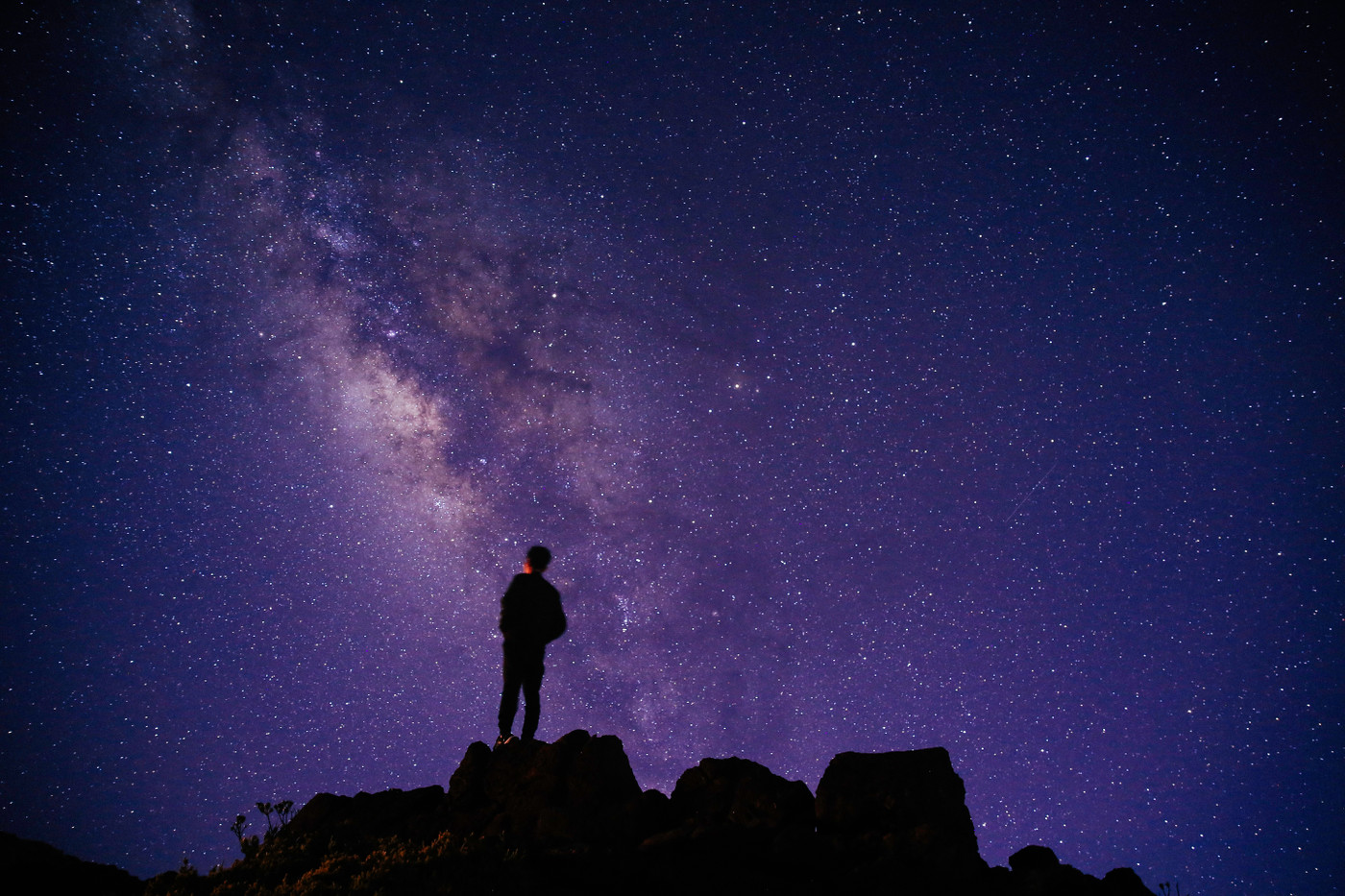
Haleakala National Park is open 24 hours a day 7 days a week, year-round. Permits are required in the Summit District between 3:00-7:00am. The Kīpahulu District is open daily from 9:00am-5:00pm.
Haleakalā National Park Entrance Fee
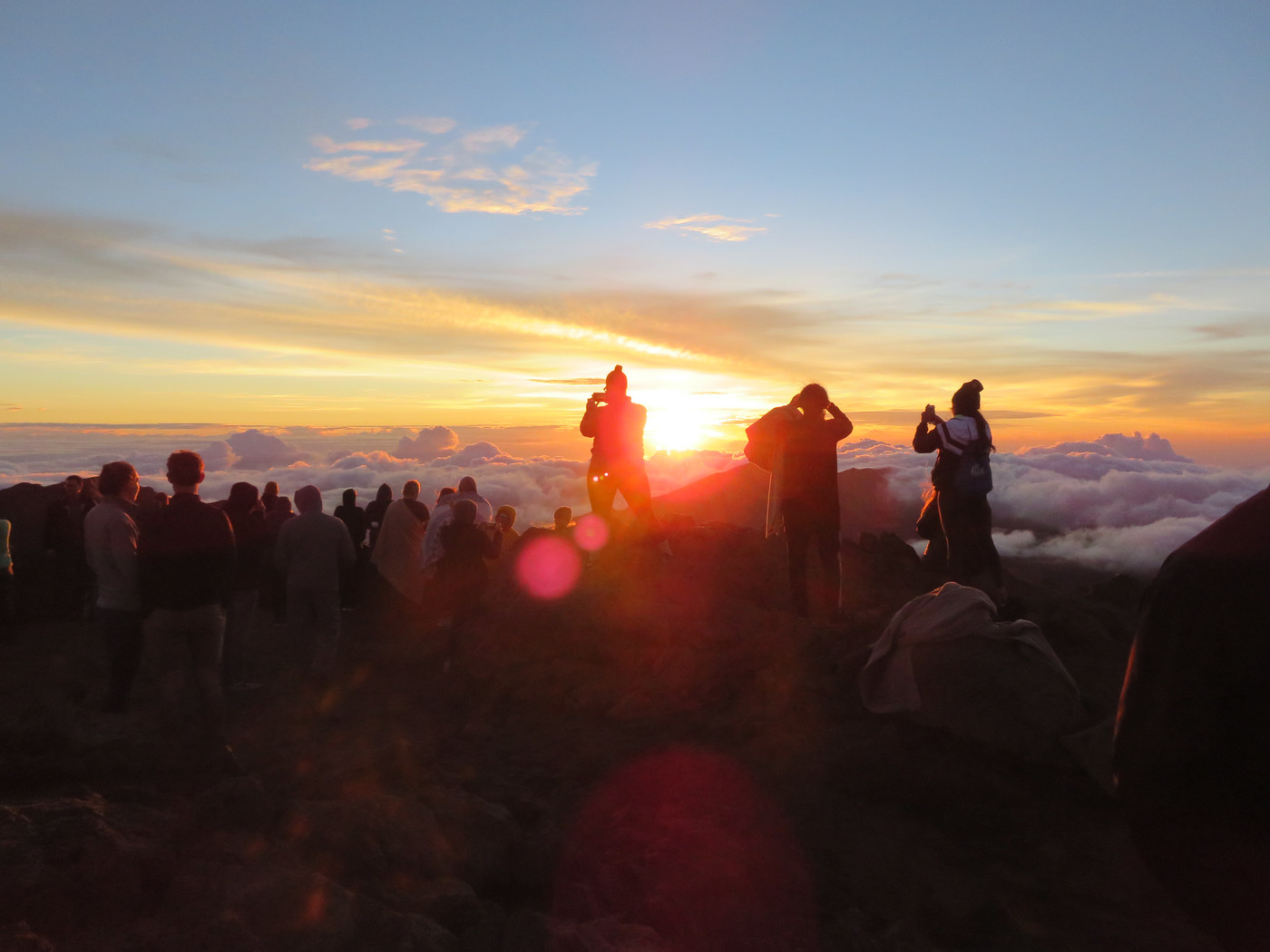
Entering Haleakalā National Park in a private vehicle is $30. Motorcycles are $25 each. Pedestrians or cyclists are $15 per person. All entrance fees are valid for 3 days. An annual federal Hawaii parks pass is $55 a year. An America the Beautiful Pass, which allows access to all US National Parks, is $80 a year.
Directions from Kahului to Haleakalā National Park
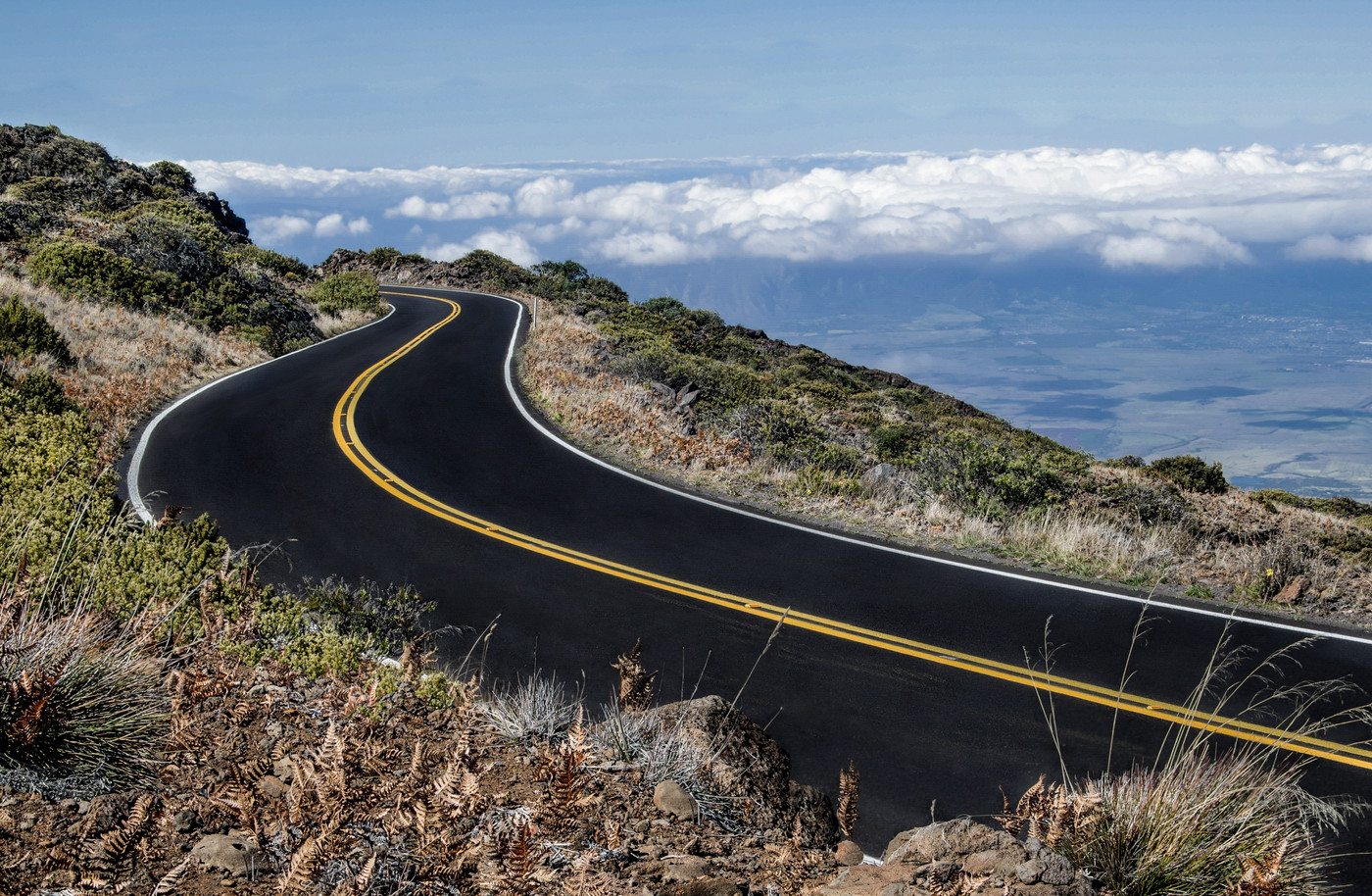
Kahului is the largest city on the island of Maui and is about an hour and 15-minute drive from Haleakalā. The main airport is in Kahului. Take HI-37 to State Hwy 377 to State Hwy 378 in Kula. Stay on State Hwy 378 all the way into the park. This takes visitors to the Summit District.
The Summit District and the Kīpahulu District are two separate sections in the park and they are not directly connected by roads, so research where you plan to visit first.
Hiking in Haleakalā National Park
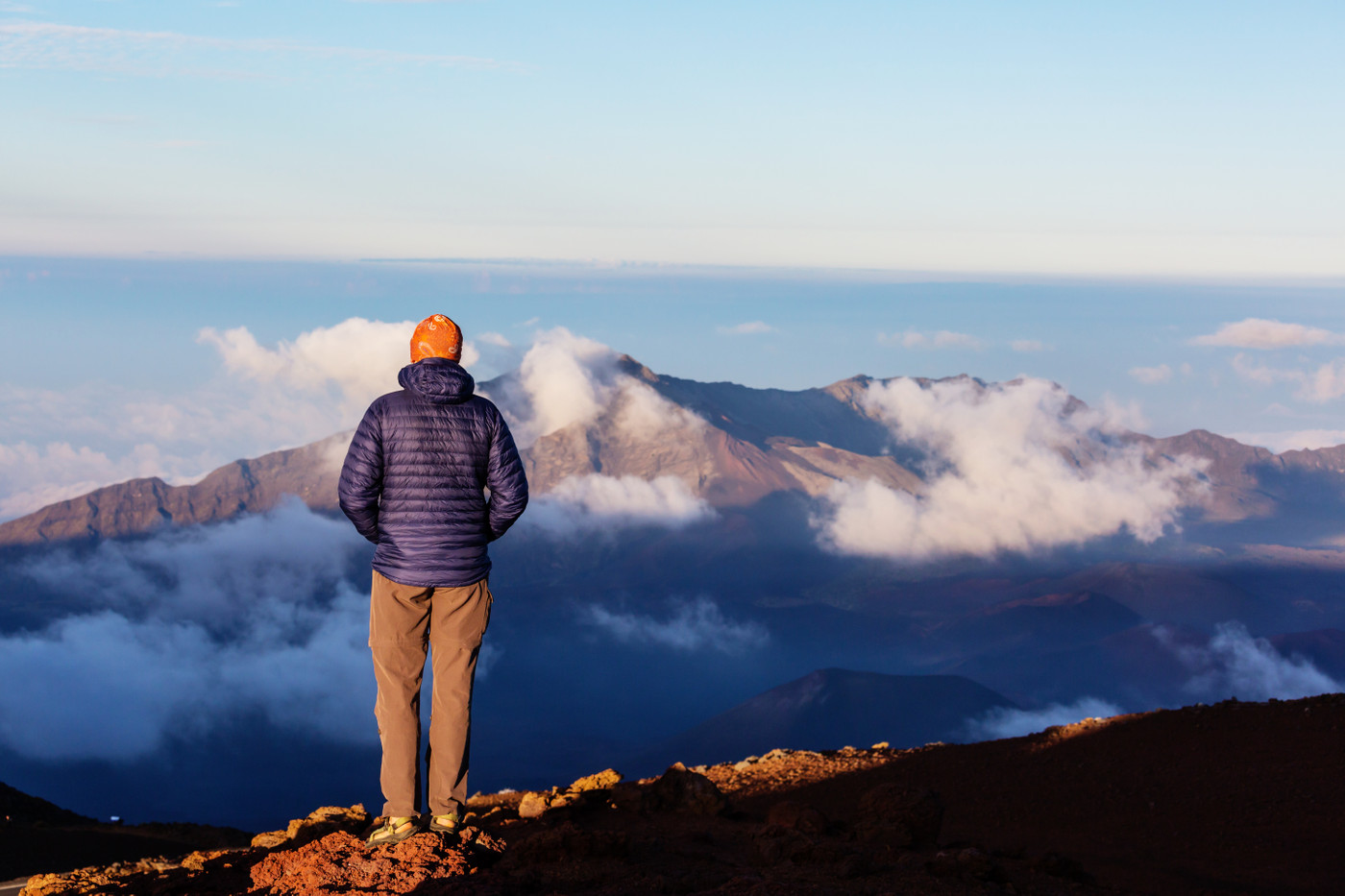
Easy, perfect for families
- Seven Sacred Pools Trail (0.6 mi; 100 ft gain)
- Pā Ka’oao Trail (0.5 mi; 100 ft gain)
- Leleiwi Overlook Trail (0.3 mi; 100 ft gain)
- Hosmer Grove (0.5 mi; 50 ft gain)
- Makahiku Overlook (1 mi; 200 ft gain)
Moderate, fairly strenuous
- Waimoku Falls Trail via Pipiwai Trail (3.8 mi; 900 ft gain)
- Halemau’u Trail (2.2 mi; 400 ft gain)
- Pīpīwai Trail (4 mi; 800 ft gain)
- Supply Trail (4.8 mi; 1,100 ft gain)
- Ka Lu’u o ka O’o Cinder Cone (5.2 mi 1,670 ft gain)
Difficult, experience recommended
- Haleakalā Crater Trail (11.2 mi; 3,000 ft gain point to point)
- Keonehe’ehe’e (Sliding Sands) Trail (11 mi; 2,800 ft gain)
- Halalai’i and Pu’unaue Trail (13.6 mi; 3,440 ft gain)
- Halemau’u Haleakala Overlook Trail (7.6 mi; 2,400 ft gain)
- Haleakalā Crater Loop (17.7 mi; 4,500 ft gain)
Haleakalā National Park Lodging
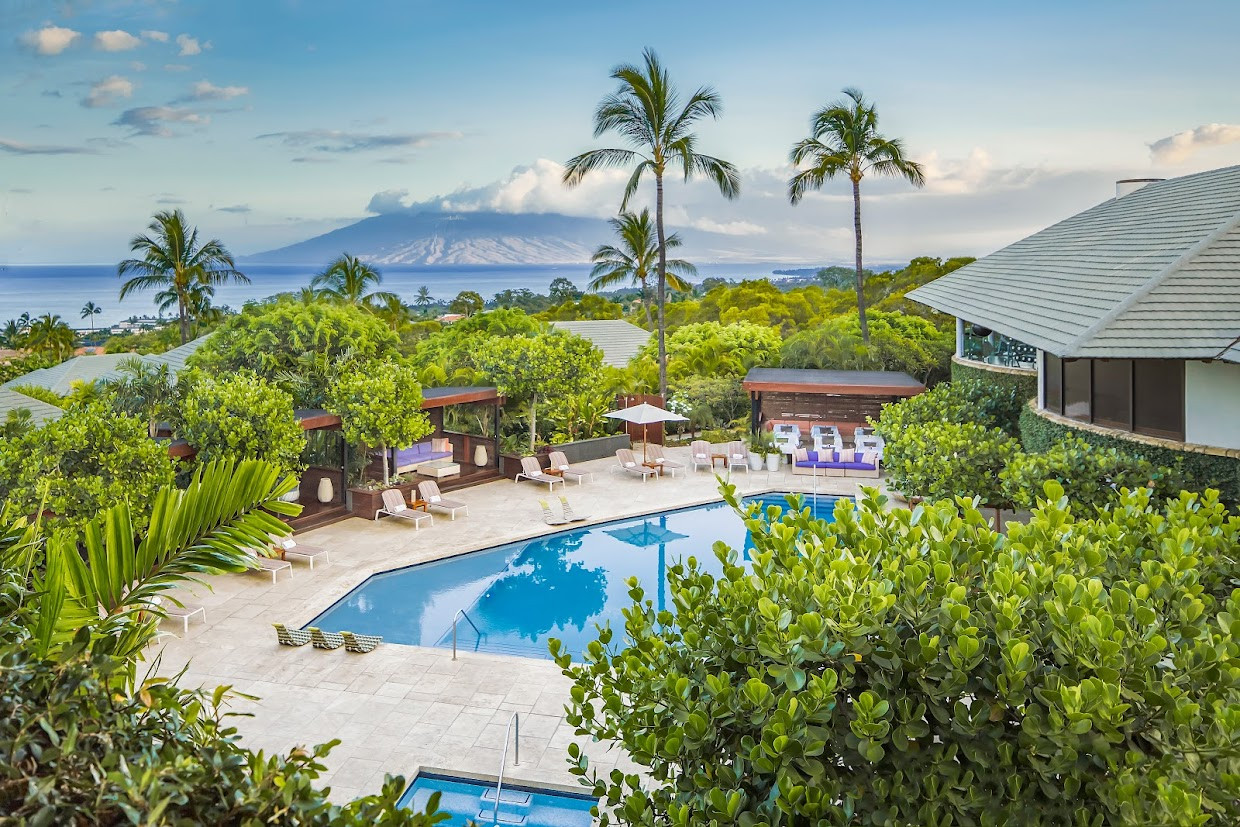
Haleakalā National Park Hotels
Get more ideas from seeker on
Haleakalā National Park Camping
Get more ideas from seeker on
Haleakalā National Park Tours
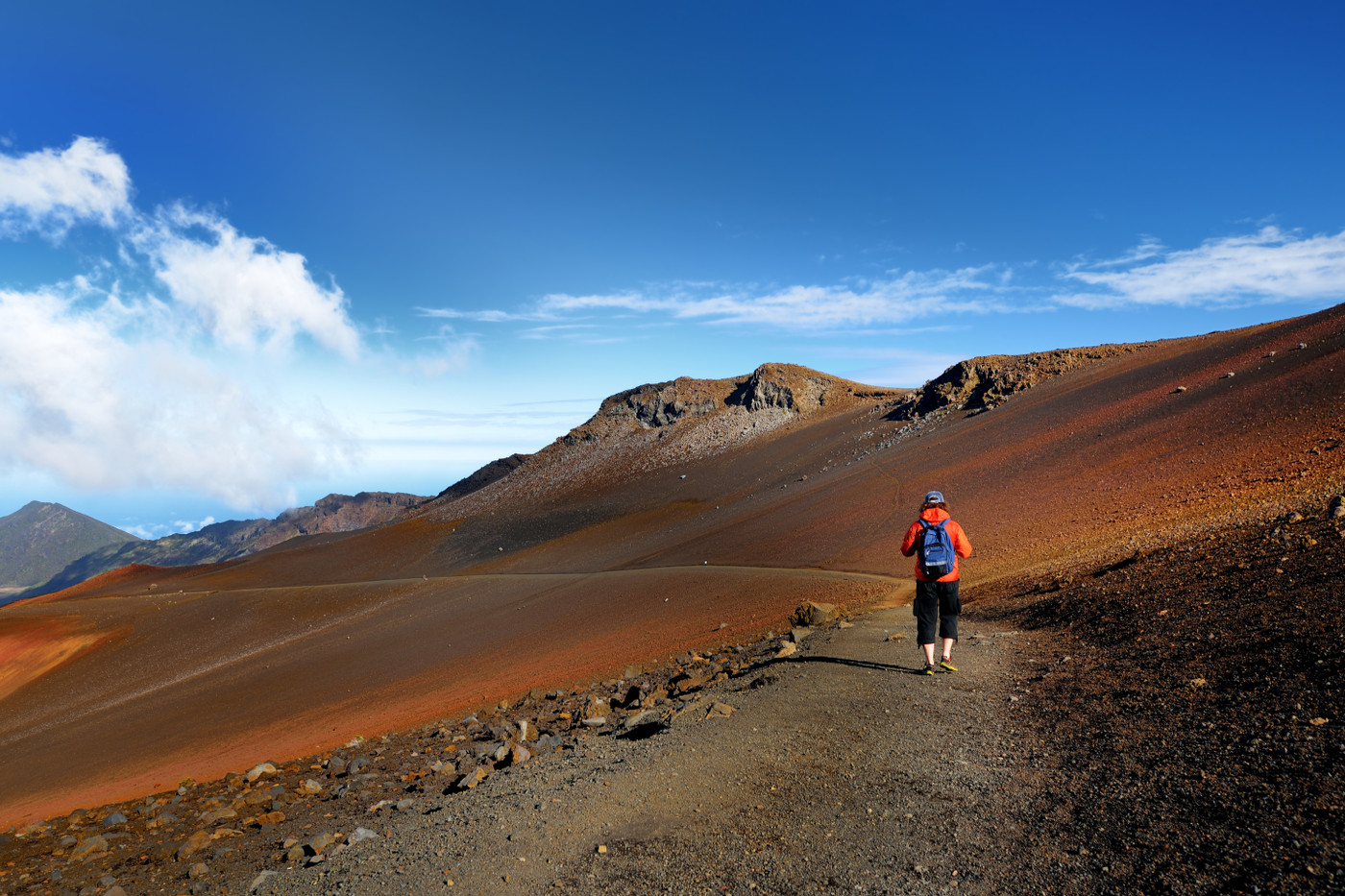
Join a ranger-led activity to learn about the cultural and natural history in Haleakalā National Park or sign up for a commercially operated tour. From sightseeing tours in a van to guided hikes to horseback riding trips to stargazing tours, there are plenty of options for all visitors.
The Best Things to Do in Haleakalā National Park
Watch the sunrise at the Haleakalā Summit

At 10,023 feet above sea level, watching the sunrise from the top of Haleakalā Summit is one of the most memorable experiences you can have on Maui. Summit sunrise reservations are required to enter the district between 3:00-7:00am so be sure to reserve your spot!
Wander through the Bamboo Forest along the Pīpīwai Trail
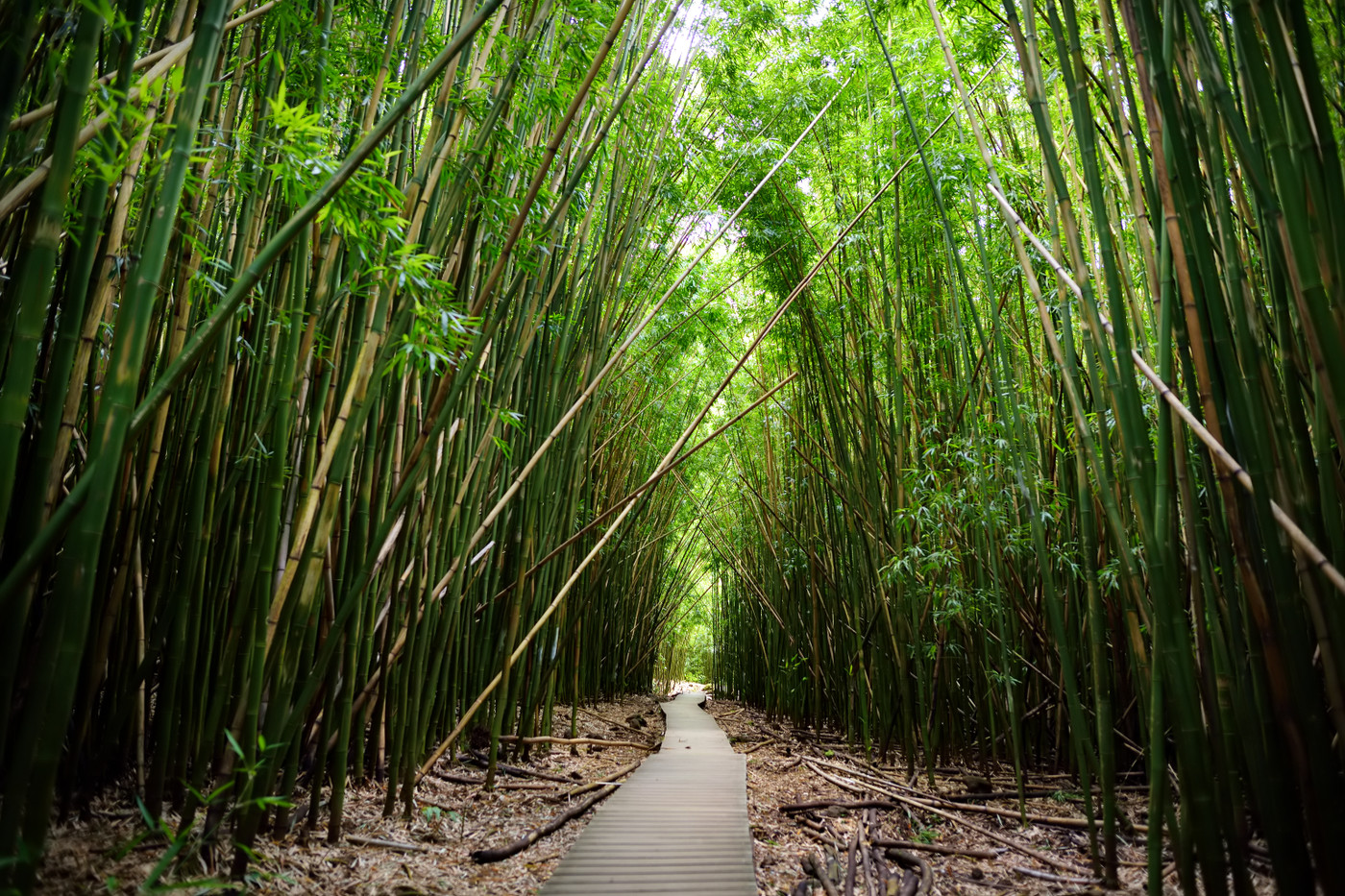
Listen to the sound of the bamboo stalks clacking, popping, and creaking as you wander the forest and listen to the natural music created. Bamboo played an important role among the Polynesians who visited the island. It was used to carry water, make irrigation troughs, and create hollow tubes.
Drive the scenic Road to Hāna
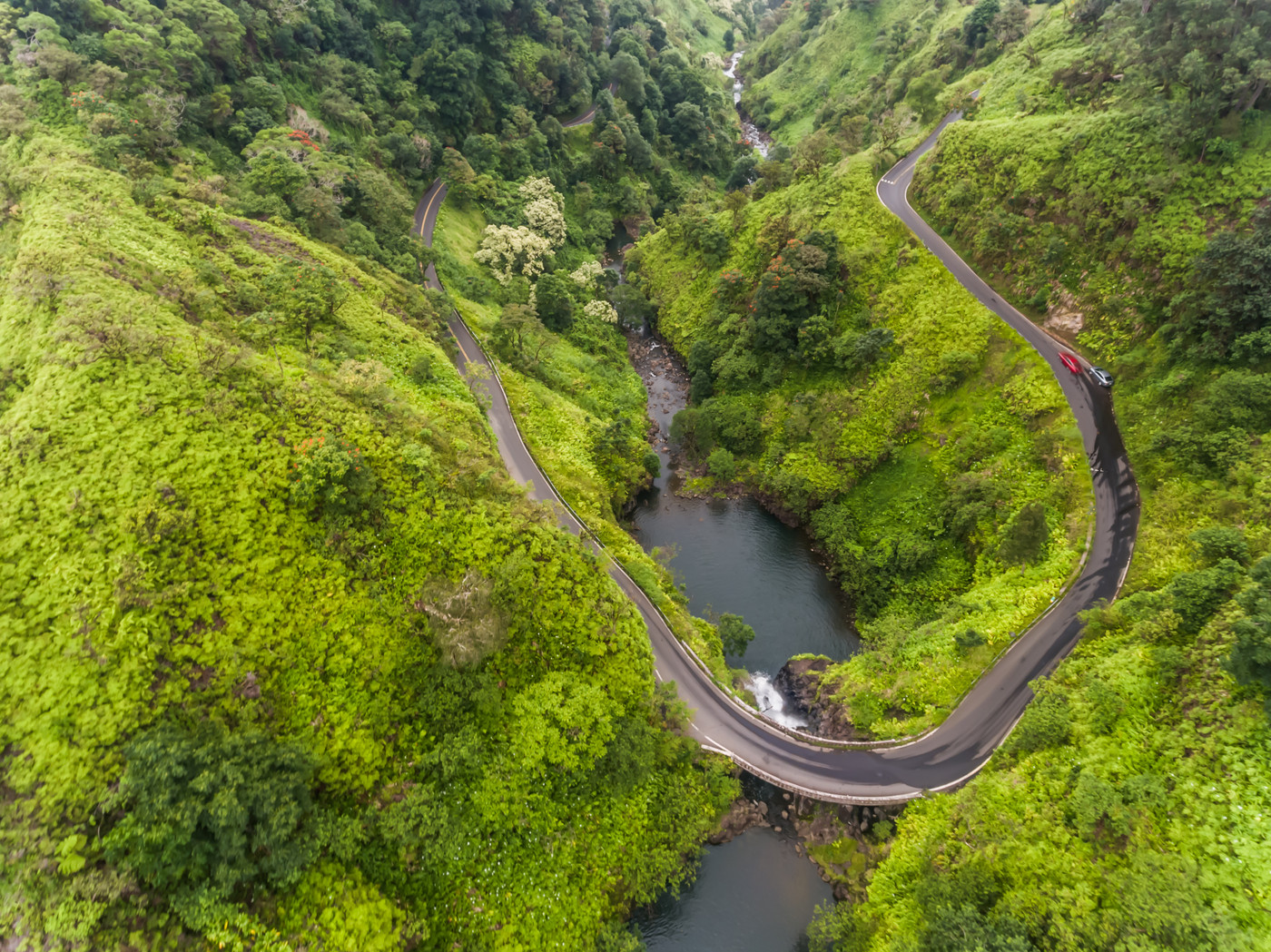
The Road to Hāna is a 64-mile-long stretch around the east side of Maui. It connects the town of Kahului to the town of Hāna and continues out to Kīpahulu. It’s one of the most scenic roads in Hawaii and offers options to stop for beautiful viewpoints along the way.
Go stargazing from the summit
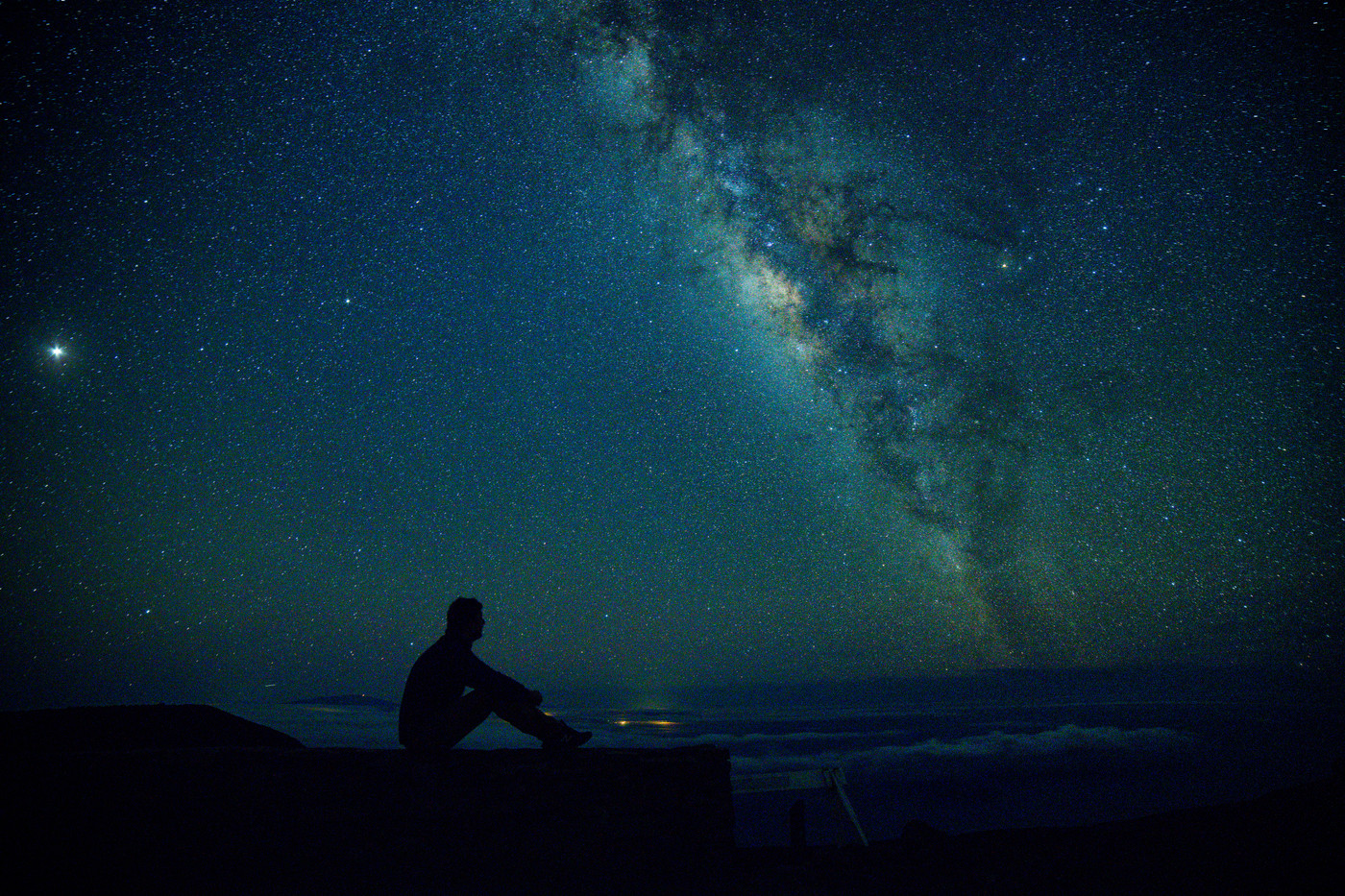
At the summit, or anywhere above the clouds on the volcano, you’ll get a chance to see the pristine night sky and the Milky Way. At a high elevation with limited light pollution and a clearer atmosphere, it’s worth visiting the summit at nighttime.
Check out the Hale Hālāwai meeting house

The Hale Hālāwai meeting house was built by the national park services and is open for visitors to participate in interpretive programs and cultural demonstrations.
Hike to Makahiku Falls

The 1-mile round trip hike takes visitors to a beautiful waterfall along the Pīpīwai Trail. Along your walk, you’ll enjoy views of the lush green canopies out to the waterfalls that carved the valley.
Sleep at a Hōlua Backcountry Cabin
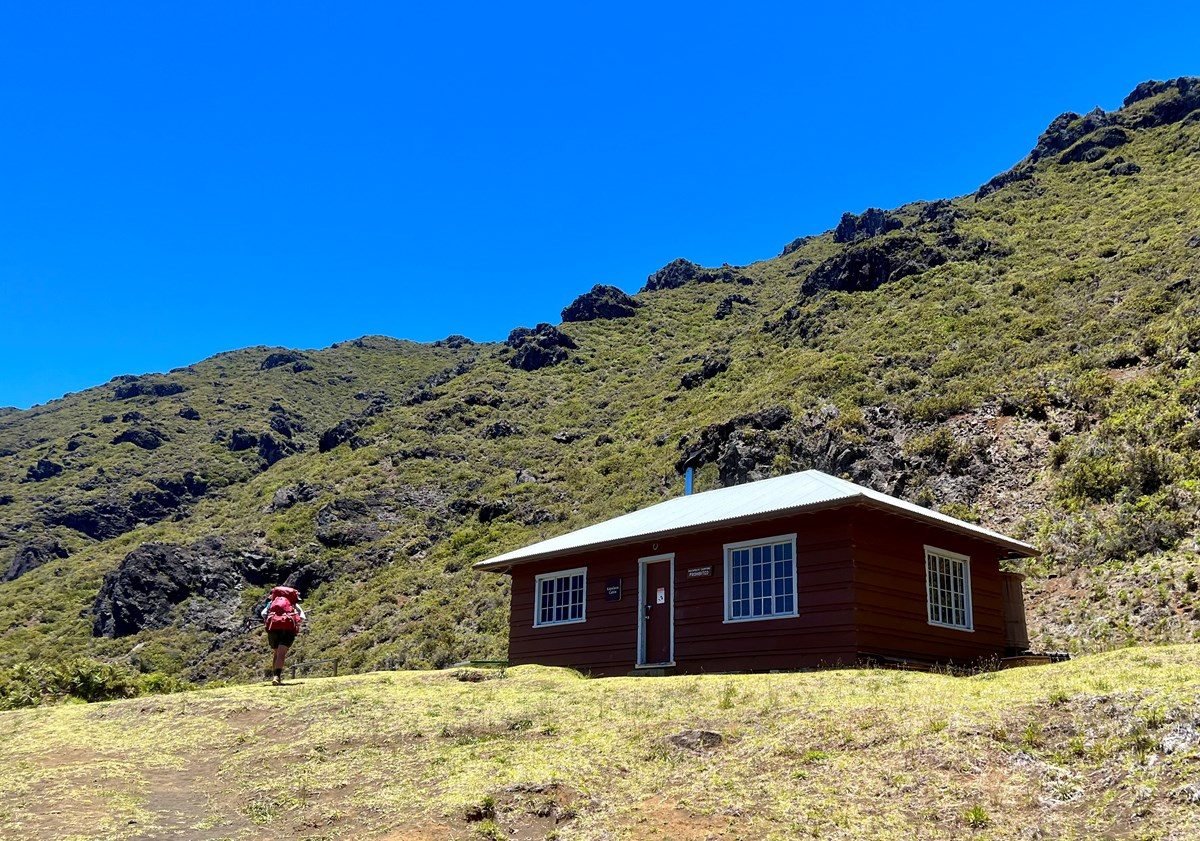
There are 3 backcountry wilderness cabins in the park that visitors can reserve to camp overnight. Wake up to incredible views looking across the volcanic landscape. Book early because cabin spaces sell out quickly!
Visit Kalahaku Overlook

Located on the edge of a cliff, visitors at the Kalahaku Overlook can enjoy panoramic views of the Haleakalā Crater. There are also the famous ‘āhinahina plants (silverswords) and a chance to see an ‘ua’u, the Hawaiian petrel bird. The walk to the viewpoint is just 0.1 miles and the views are different than a visit to the summit.
Hike the Keonehe’ehe’e Trail
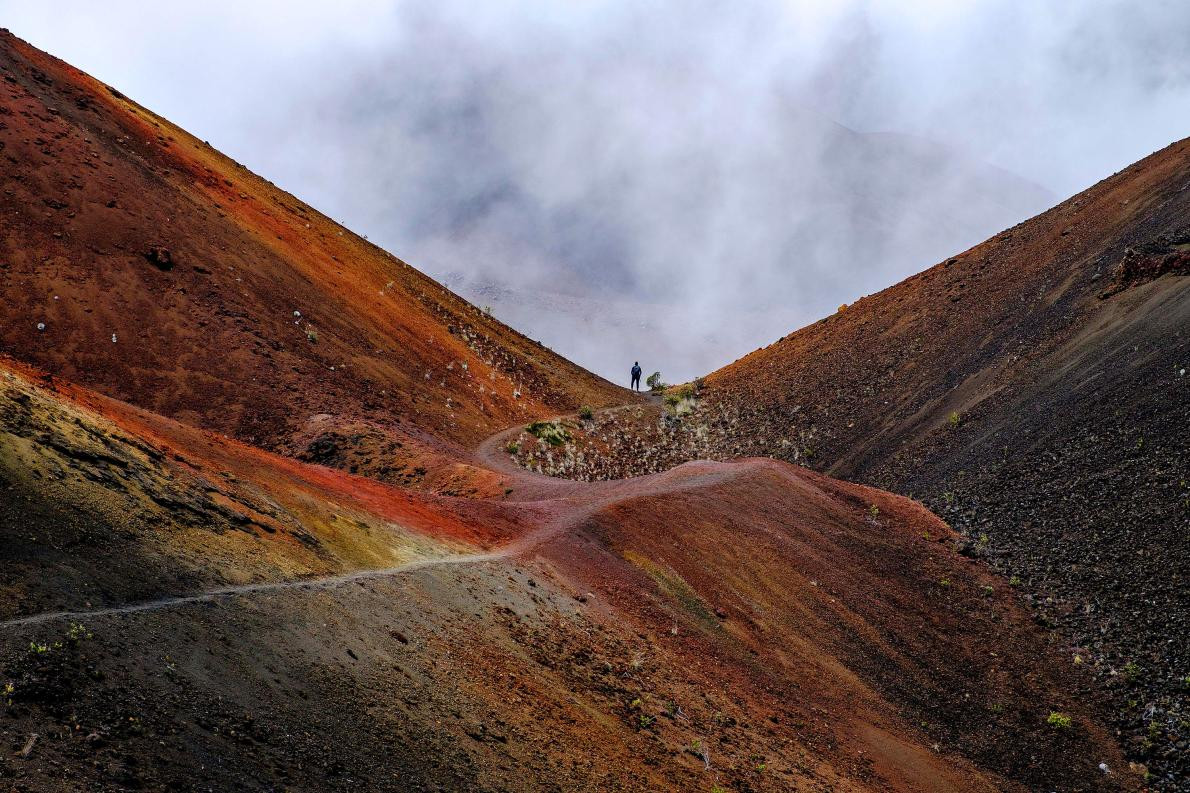%20Trail,%20&lat=20.7078&lng=-156.205658)
Also known as Sliding Sands, this is an 11-mile hike to the crater of Haleakalā. It’s a long day hike on rocky and sandy volcanic terrain, but the colors and unique landscape make this hike one of the most impressive in the park.
Hike the Pipiwai Trail

The Pipiwai Trail is another one of the most famous hikes in the park. The moderate trail is 4 miles long with an 800 foot total gain. Along the way, stop and enjoy sites of Waimoku Falls and the famous Banyan Tree that is over 100 years old and has branches stretching out over 60 feet!
Take a dip in the Pools of ‘Ohe’o at Gulch
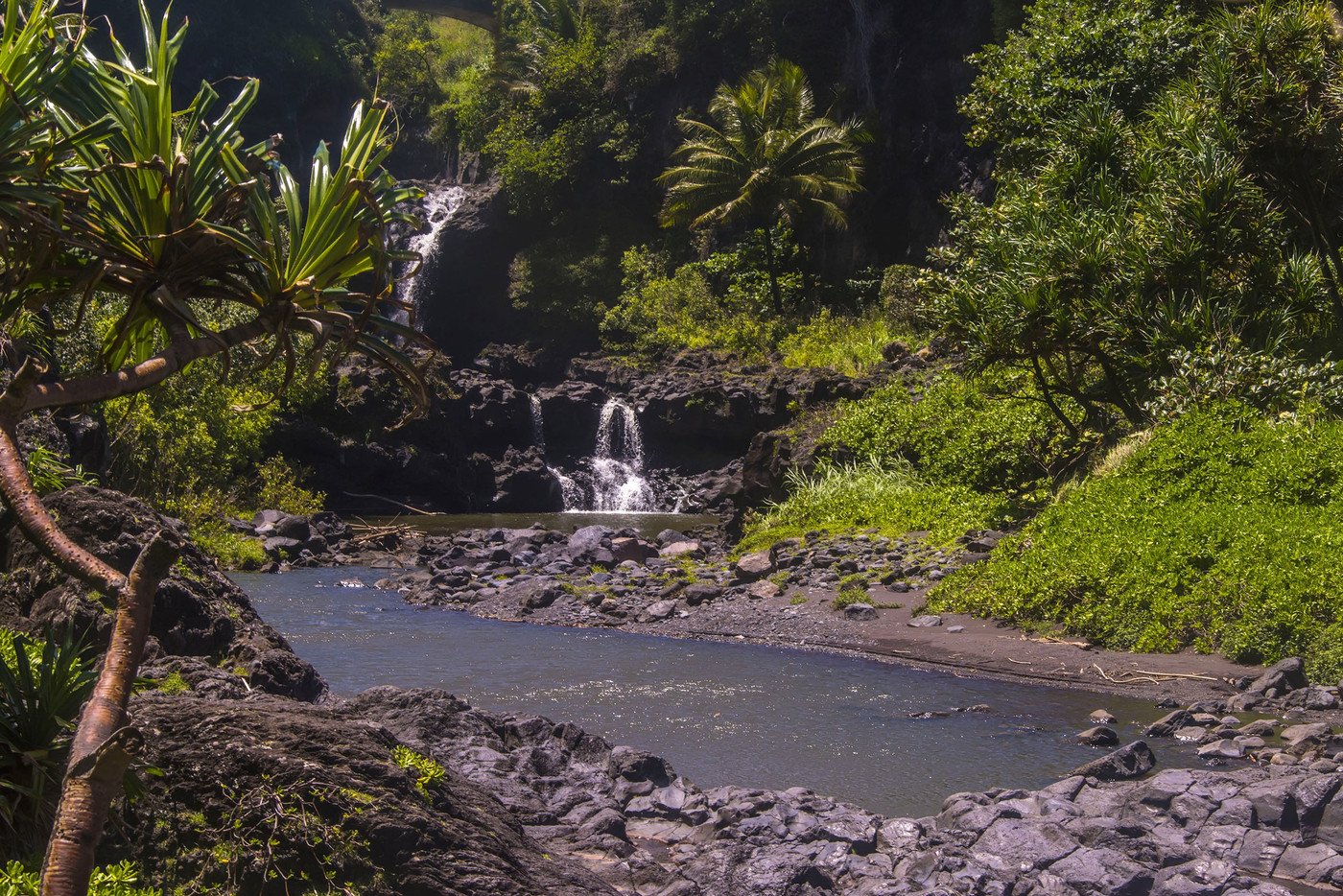
The Pools of ‘Ohe’o are located in the Kīpahulu District near the ocean. They are fed by the waterfalls and streams flowing down the volcano. It’s best to visit when it hasn’t rained for a bit as the rainstorms fill the pools with muddy water.
Go camping at Hosmer Grove Campground
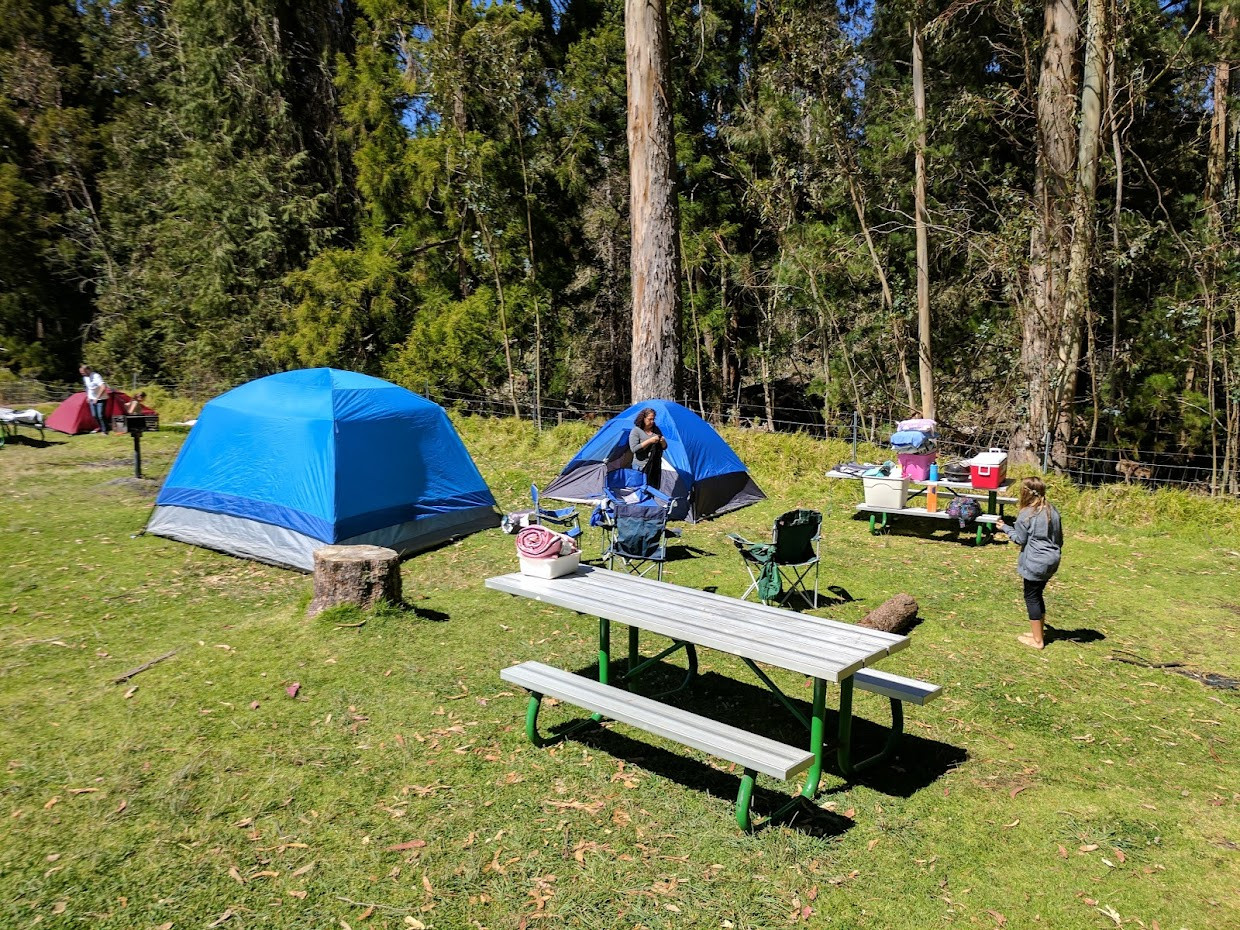
Book a spot to camp at the only drive-in campsite in the park. Enjoy the proximity to the rest of the park and close access to Hosmer Grove while staying here. Like the backcountry sites, be sure to reserve a spot early.
Visit Kukui Bay for sunset
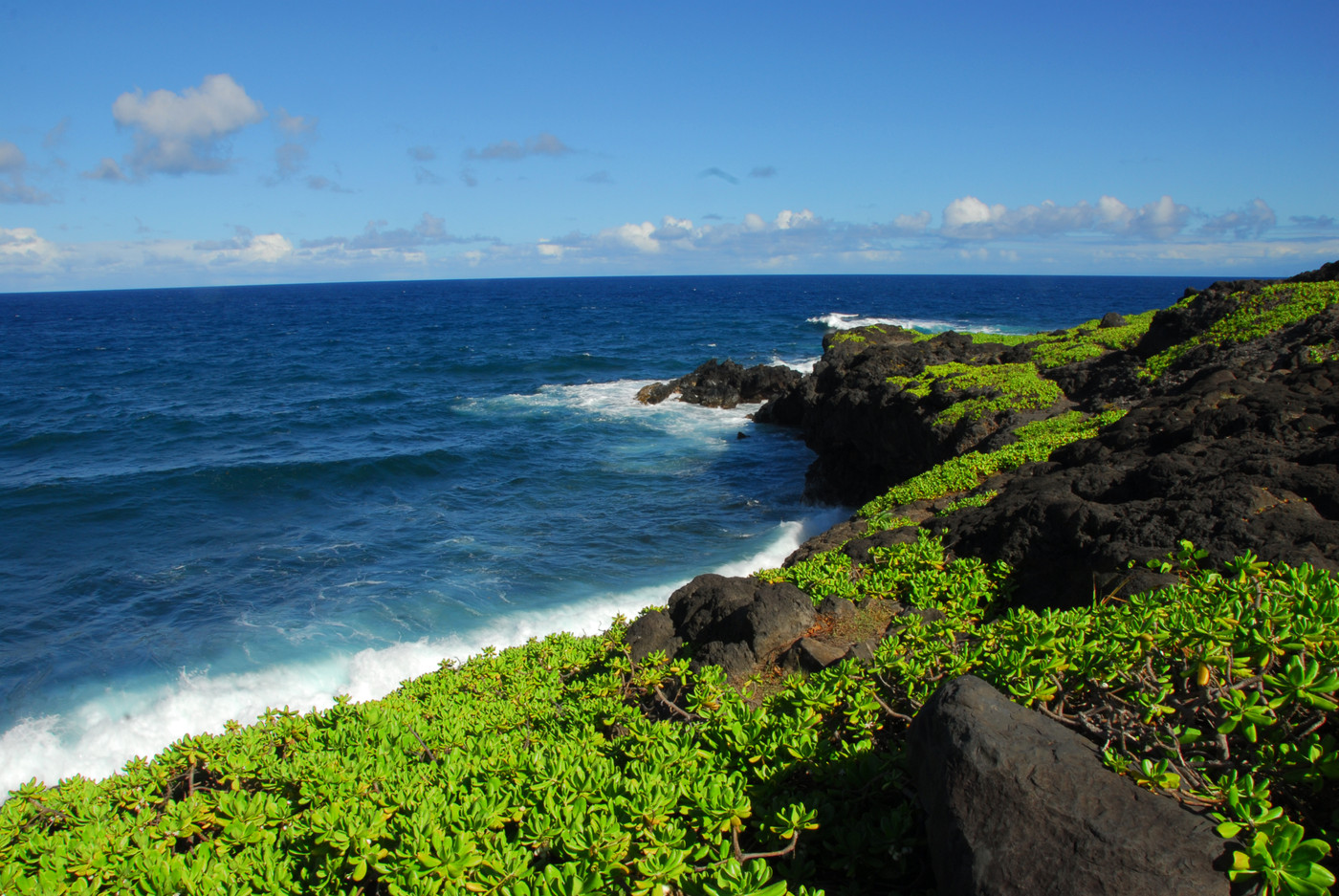
Located near the end of the Road to Hāna, sunset at Kukui Bay is a great way to end your day. It’s just pastOhe’o Gulch and near the Kīpahulu Visitor Center if you want to learn more about the park.
Grab a bite in Kula
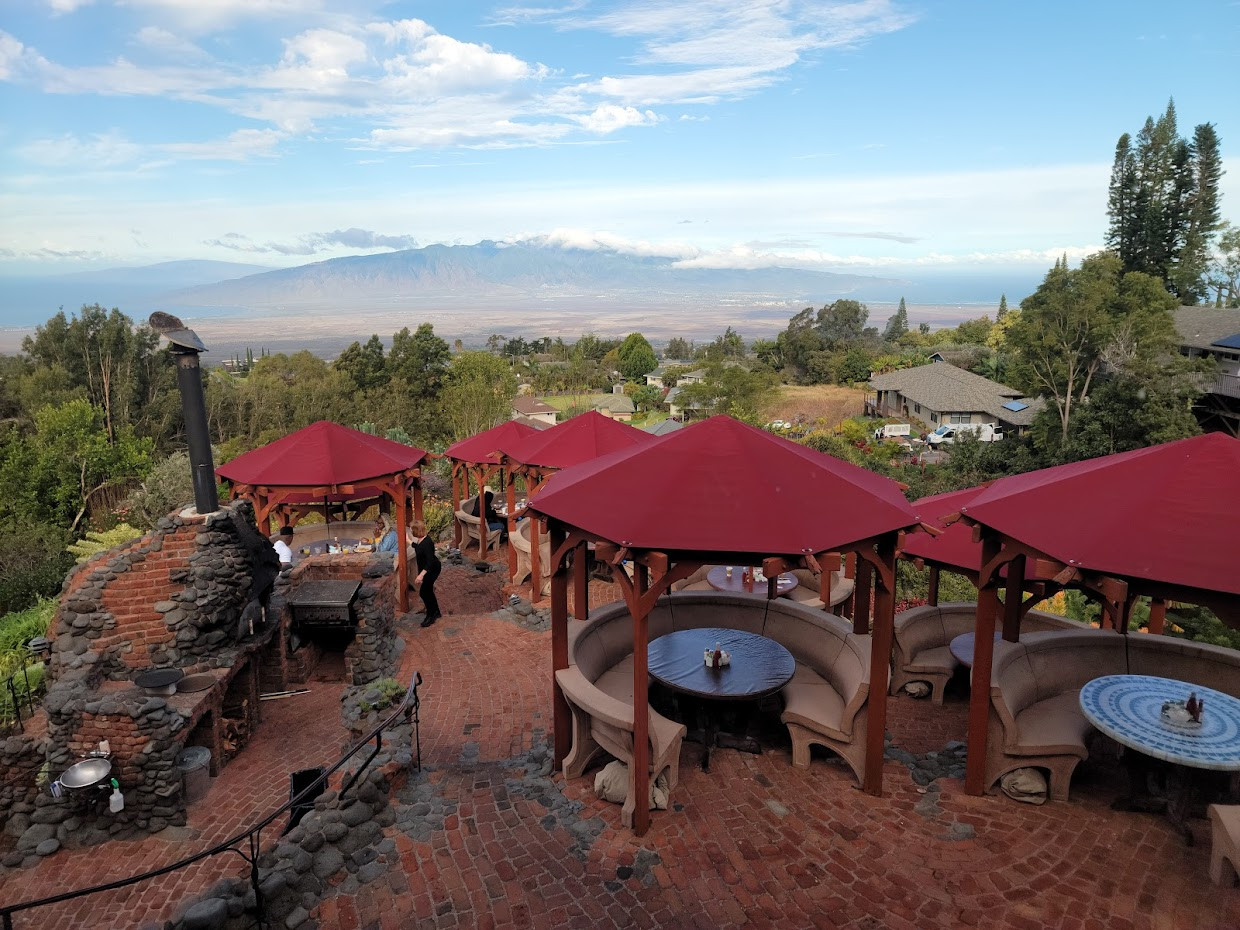
Kula is the biggest town near Haleakalā National Park. It’s the perfect spot to grab a meal on your way out of the summit district before making your way around the island.